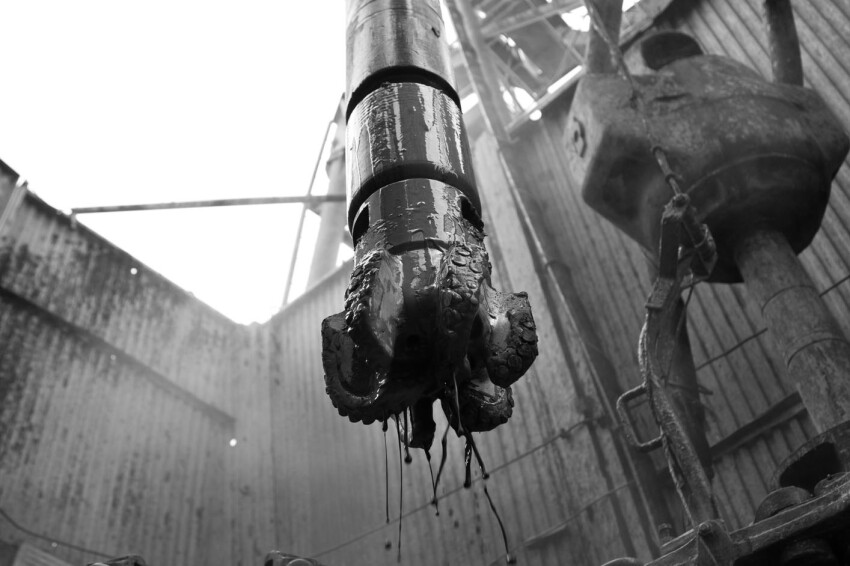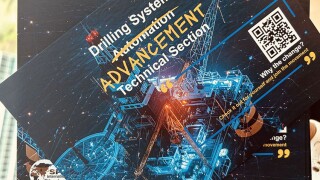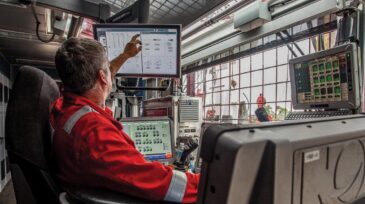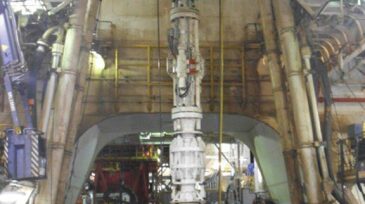Drilling automation
This research aims to develop a fluid-advisory system that provides recommendations for optimal amounts of chemical additives needed to maintain desired fluid properties in various drilling-fluid systems.
The SPE Drilling Systems Automation Technical Section has a new name—and a bigger mission. Discover how DSATS is evolving beyond automation to drive smarter, more connected, and more human-centered drilling systems for the future.
This paper presents the development of a digital tool for automatically analyzing the readiness of a borehole to accept casing. The tool integrates data-driven and physics-based models to indicate locations of risk along the wellbore.
-
An operator partnered with the drilling-automation research group at The University of Texas at Austin to develop a work flow for big-data analysis and visualization. The objectives were to maximize the value derived from data, establish an analysis toolkit, and train students on data analytics.
-
Money is the root all of startups, but getting it and making more of it depends on dealing with demanding people.
-
This paper describes a collaborative effort between an operator, a drilling contractor, and a service company to introduce specific aspects of automated technology to a major drilling operation.
-
This paper presents a method that quantitatively evaluates the risk levels of a drilling-operation plan as a function of the underlying uncertainty associated with its description.
-
A work flow that combines optimization of the drillstring and bottomhole-assembly (BHA) design during well planning and then applies advanced surveillance tools to a well-trained drilling crew yields reduced vibrations and higher drilling rates.
-
Rockwell Automation’s Luis Gamboa explains his company’s new solution designed to allow operators to collect, sort, and reconcile the quality and quantity of data from multiple sources to optimize field data.
-
A new process system compatible with all types of drilling rigs is opening the door to wider adoption of drilling automation in North America’s shale sector.
-
Along its journey to full-automation, the US drilling sector is facing a series of important crossroads that will determine what the so-called “rig of the future” really will be.
-
The unique properties of deepwater formations pose significant challenges to the capabilities of conventional drilling rigs. Using automated drilling equipment, including MPD, efficiency and cost savings can accompany safety.
-
Drilling automation is one of the most promising emerging technologies that the oil and gas industry has to look forward to. The potential benefits span the spectrum from health and safety to lower costs and repeatable well results.













